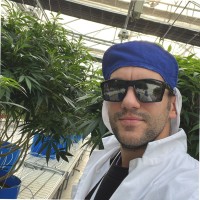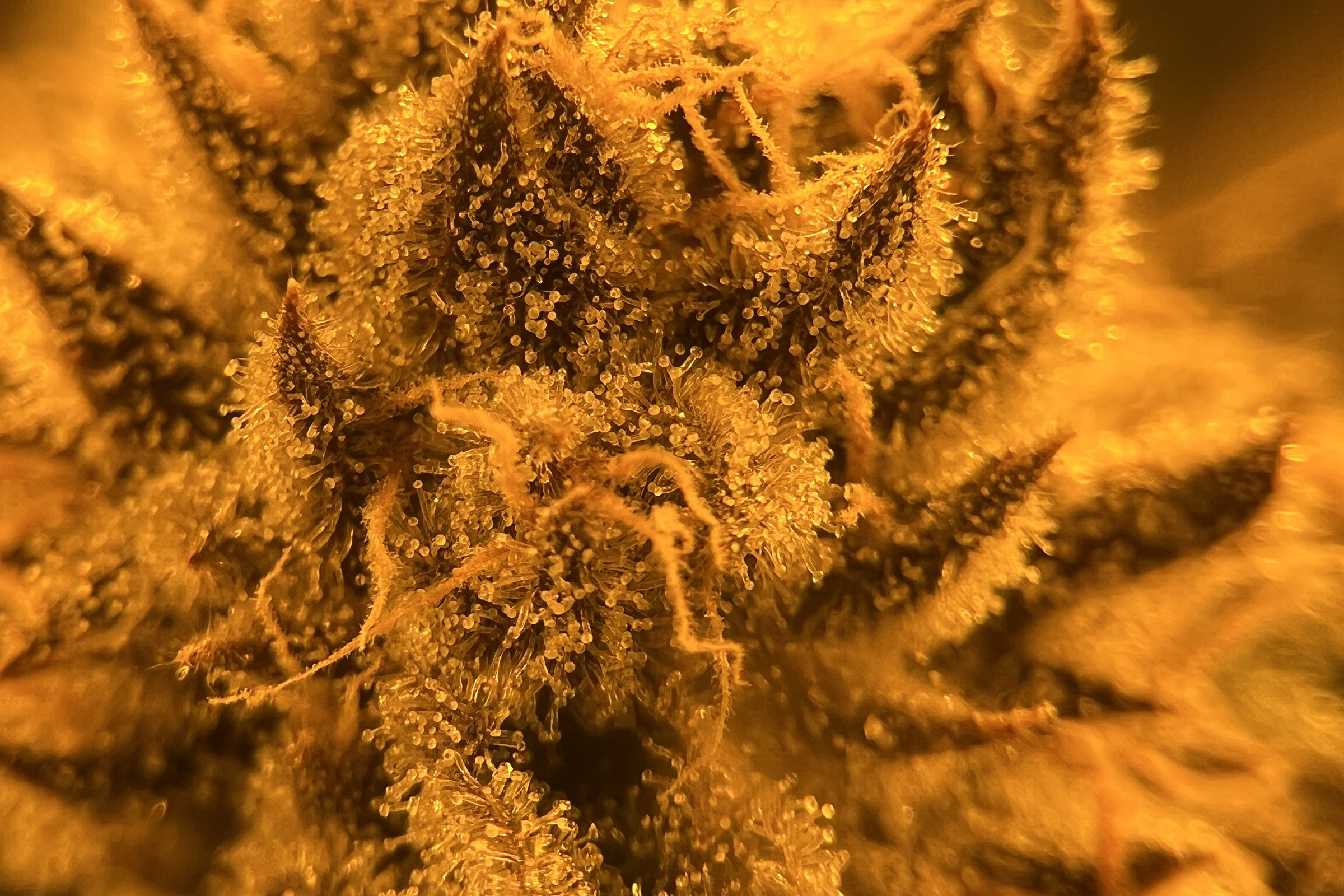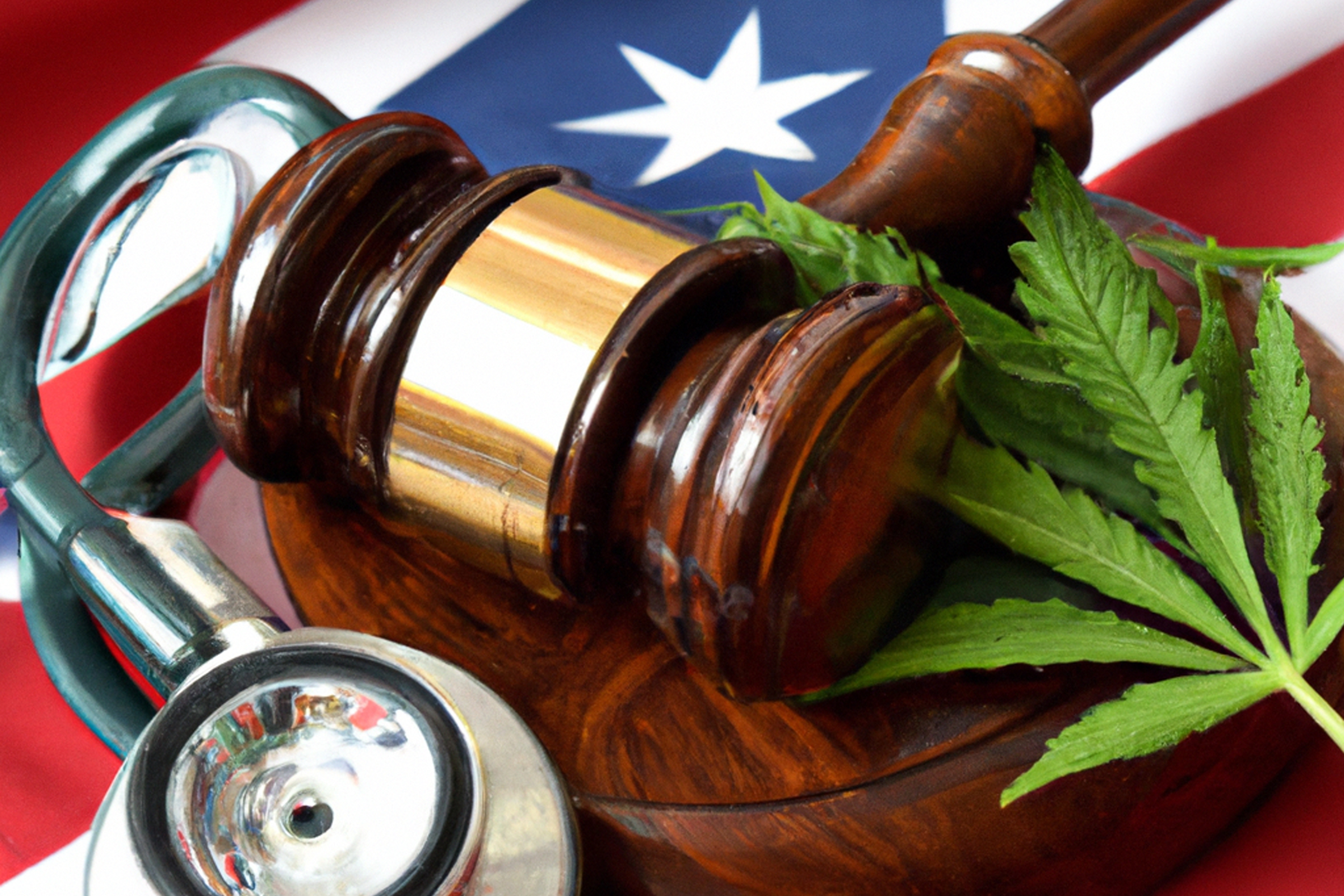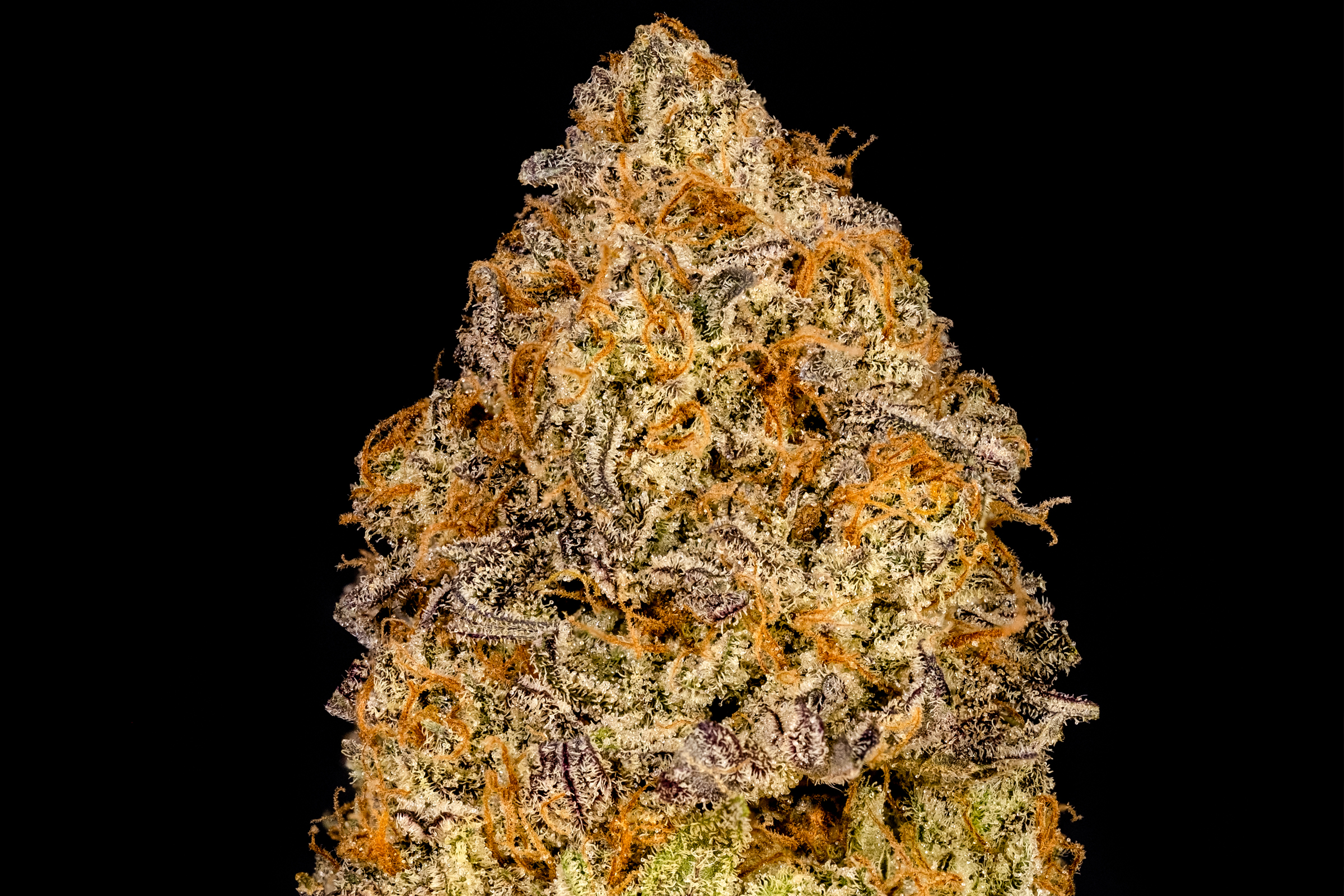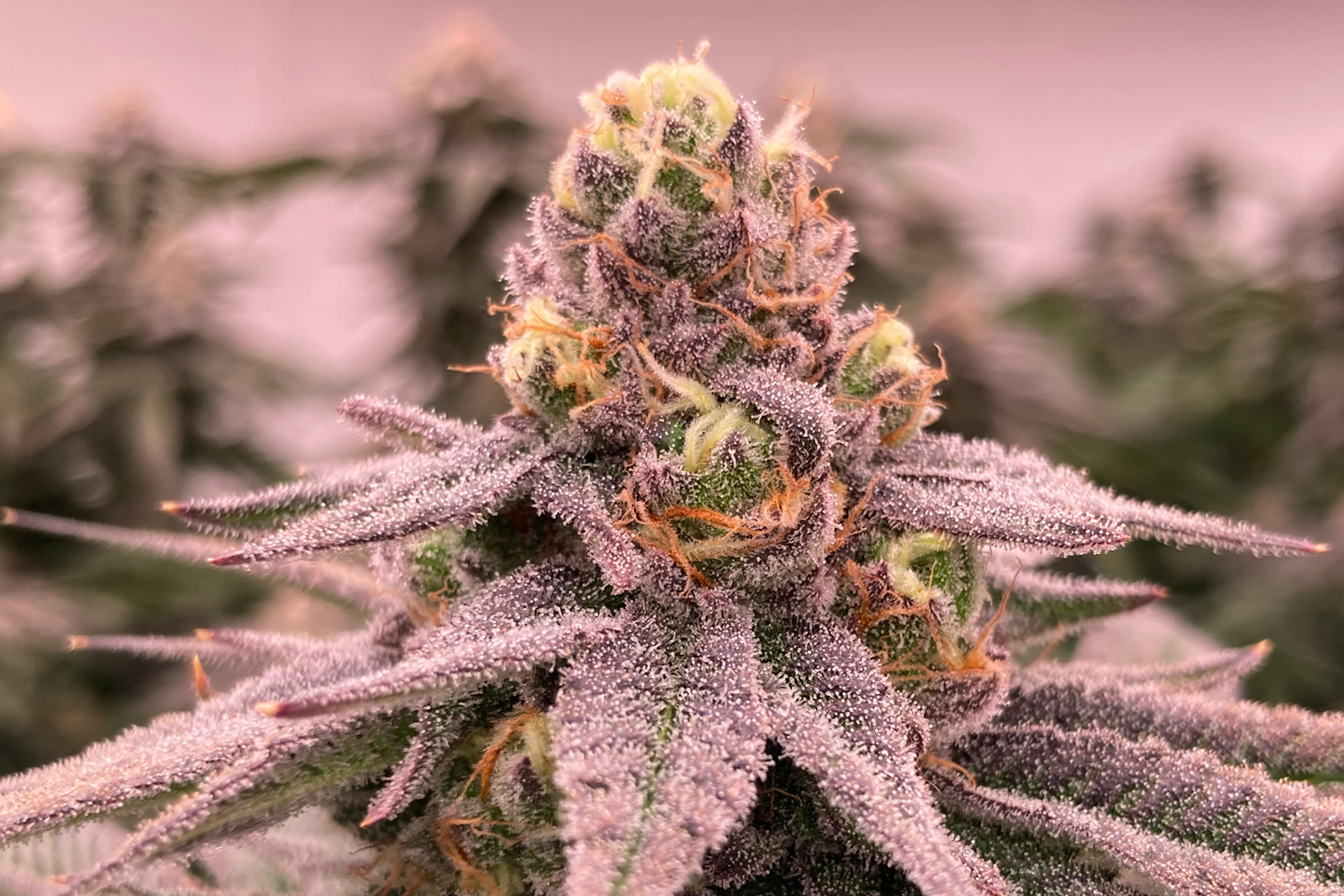Background
Autism spectrum disorder (ASD) is a neurodevelopmental syndrome that differs in the sternness and is described by scarcities in communication, social contact, constrained interest, and monotonous actions. Throughout the last three decades, there has been a ternary growth in the number of children detected with ASD. Presently, it marks up to 1 in 54 persons. Co-happening medical disorders such as epilepsy, rational incapacity, and behavior complications arise in these persons.
The etiopathogenesis of ASD is still unidentified. Numerous hereditary, perinatal, and ecological influences appear to be involved. Some scientists have demonstrated an inequity in the endogenous neurotransmission system, for instance, the serotoninergic, γ aminobutyric acid (GABA), an endocannabinoid system (ECS), which control roles such as emotive reactions and social relations normally diminished in ASD.
Endocannabinoids (eCBs) and their sense organs are present in the nervous system, conjugative tissue of inner organs, glands, and immune system. Cannabinoid receptor 1 (CB1) is a G protein-combined receptor (GPR) that is based primarily on the central nervous system. In mammals, great absorptions of CB1 are found in the brain zone that controls hunger, remembrance, dread annihilation, motor reactions, and attitudes such as the hippocampus, basal ganglia, basolateral amygdala, hypothalamus, and cerebellum.
Two endogenous cannabinoids, N-arachidonoylethanolamine (anandamide) and two arachidonoylglycerols (2-AG) are there. The ECS has been widened by finding out new subordinate receptors, ligands, and ligand metabolic enzymes, comprising transient receptor potential cation channel subfamily V member 1 (TRPV1).
Fascinatingly, CBD exhibits a low similarity for CB1 and CB2 receptors. CBD expedites excitatory glutamate and inhibitory GABA neurotransmission through the brain with agonism at the TRPV1 receptor. Moreover, CBD can escalate GABAergic conduction by provoking G protein-combined receptor 55 (GPR55), particularly in the basal ganglia. CBD is assumed to be an agonist at prefrontal serotonin 5-HT1A receptors.
Alternative procedures of action can be through vasopressin and oxytocin. The existence of oxytocin in the CSF appears to initiate from neuronal oxytocinergic additions to the limbic system, brain stem, and spinal cord. Oxytocin receptors are scattered in different fragments of the central nervous system, such as the basal ganglia, limbic system, thalamus and hypothalamus, and brain stem. Oxytocin controls social conduct, motor function, pain regulation, reminiscence and wisdom, eating manners, stress, and angst, and emotional handling. Oxytocin supervision diminishes stress and angst and despair in animal prototypes.
CBD may perform as a neuroprotectant in contradiction of mitochondrially acting venoms. The highly lipophilic facet of CBD provides them access to intracellular spots of action. Several studies have proposed mitochondria as objectives for CBD, and numerous notions are grounded on this impression; one of these notions is that the external mitochondrial membrane has CB1 receptors. This philosophy discloses that CBD impacts the function of the cells by forming homeostasis and inducing mitochondria and energy production.
THC is well-known to be a chief psychoactive constituent of Cannabis. THC is a part agonist at CB1 and CB2. Indications through transducing G-proteins and initiation of these G-proteins by THC root reticence of adenyl cyclase activity, the terminating of voltage-gated calcium networks, and the opening of internal curing potassium networks. The psychoactive nature of THC bounds its use because of side effects. Nevertheless, a diverse fusion of THC with other phytocannabinoids with very frail or no psychoactivity feature has started to be consumed as healing medication in humans.
Results of the treatment
The results were assessed before and after cure grounded on clinical meetings. At each complement appointment, parents were requested to evaluate the whole efficacy of a CBD-supplemented cannabis cure. Conferring to the parents’ information, no alteration in daily life doings was stated in a few patients.
The key progress of the cure was: a decline in interactive issues was stated in a few patients, an escalation in communicative language was started in a small number of patients, developed awareness was stated in a couple of patients, an escalation in social contact was stated in one or two patients, and a decline in stereotypes was stated in only one patient.
The parents stated development in intellect in patients who followed to CBD-developed cannabis cure for over two years. The antipsychotic medication could be stopped only in one patient who exhibited minor ASD indications. No modification could be made in other drug consumption and dosages.
Discussion
Primary indication declaring that cannabinoids (mixtures with diverse ratios of CBD and THC) could wield valuable effects on some ASD-related indications, such as behavioral issues, hyperactivity, and sleep syndromes, with a lesser number of metabolic and neurological side effects than official prescriptions. Notably, a cure with cannabinoids authorizes a decrease in the number of recommended drugs and considerably diminishes the occurrence of seizures in applicants with comorbid epilepsy.
The most substantial developments were stated for seizures, attention-discrepancy/hyperactivity ailment, sleep syndromes, communication, and social contact. Furthermore, developments in communicative language were observed. CBD-supplemented cannabis might benefit children with ASD via numerous conceivable mechanisms, comprising its anxiolytic and antipsychotic properties and its influence on the endocannabinoid system (ECS) and oxytocin.
CBD consumption is not lacking health dangers; identified dangers comprise liver destruction, antagonistic impacts on the male reproductive system, probable drug interactions that may be linked with adverse occasions or reduced efficiency of official treatments, and further unidentified health dangers.
Conclusion
Consuming lower dosages of CBD and trace THC appears to be favorable in the controlling of behavioral issues linked with autism. Moreover, this cure could be worthwhile in dealing with primary indications and mental functions. No substantial side effects were observed at the low dosages of CBD-augmented cannabis.
Reference

